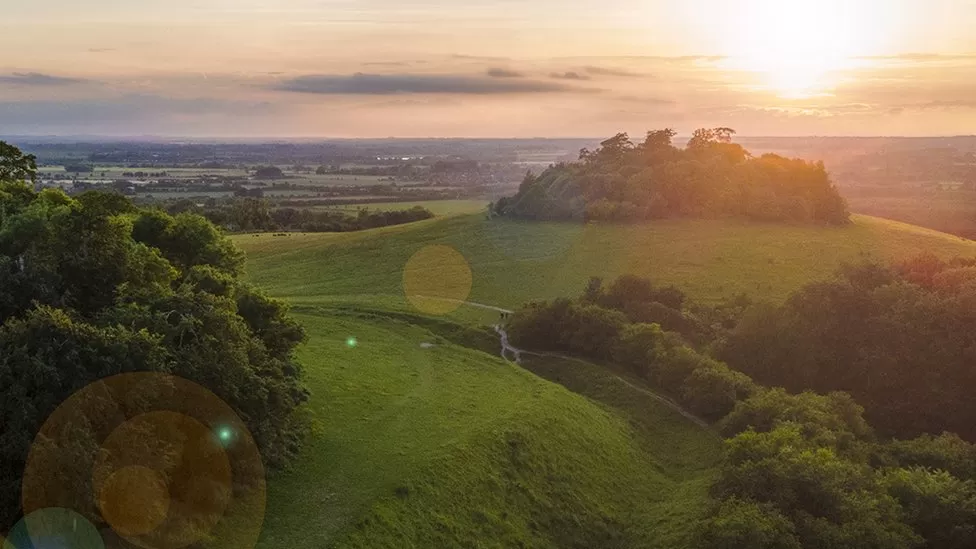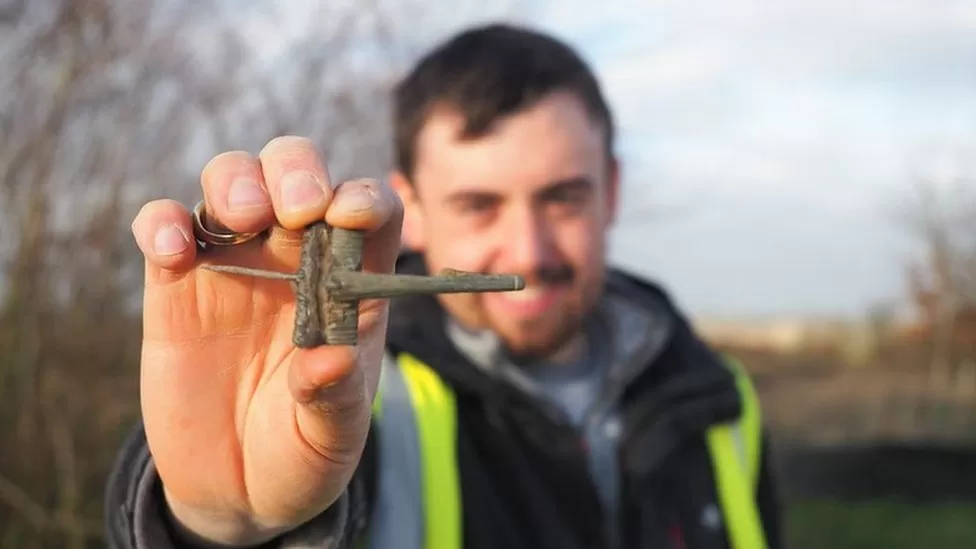Remains of Small Roman Dog Uncovered in England

The remains of a tiny Roman dog have been discovered at a popular walking spot.
An archaeological dig at Wittenham Clumps in Oxfordshire has uncovered the 1,800-year-old remains of a 20cm tall pooch.
The animal’s remains were unearthed at the site of a villa believed to have been owned by a wealthy Roman family.
Researchers say the dog is one of the smallest found in the UK, and was likely to have been a “much-loved pet”.

The discovery was made at the site of charity Earth Trust’s headquarters by archaeologists from DigVentures, a social enterprise that organizes crowdfunded archaeological excavations.
Hannah Russ, a zooarchaeologist who analyzed the animal remains, said: “While it’s possible that this dog was used for hunting, we know that Romans in other parts of the empire had begun to breed and keep small dogs as pets.
“The fact that this dog was so small and had bowed legs suggests that she probably wasn’t bred for hunting [and] makes it far more likely that she was kept as a house dog, lap dog, or pet.”

Maiya Pina-Dacier, from DigVentures, said the uncovered villa would have been occupied by a “relatively wealthy Roman family, who ran a farm with an assortment of working animals, including hunting or herding dogs – as well as this tiny canine”.
The remains, along with other items from the dig, including a brooch and a copper bracelet, will be displayed for the first time at Earth Trust in August, as part of the Clumps Go Ancient festival.
The Earth Trust said it would include a pop-up exhibition featuring “never-before-seen artefacts” from the dig, and demonstrations to bring to life the discoveries about the people of Wittenham Clumps and their animals.
It said in a statement: “From the Iron Age communities who created the hillfort that is now Castle Hill – and the Roman families who later lived downslope – to the farmers and tenants who manage the land today, this area has been shaped by human use and intervention throughout the ages.”